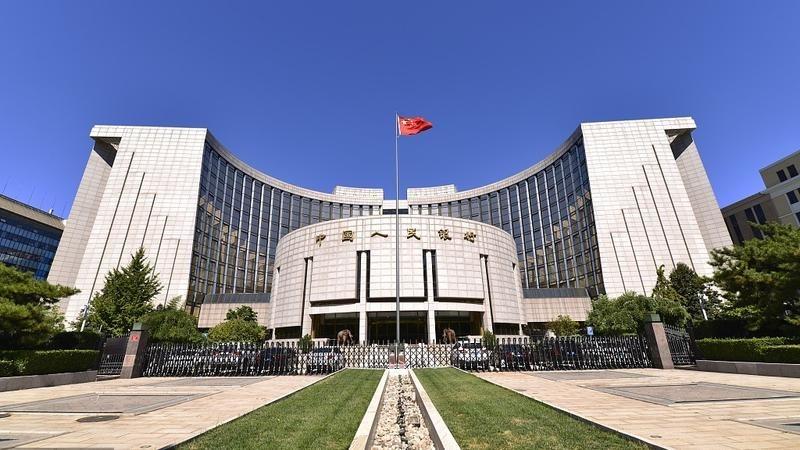 This file photo dated Sept 28, 2018 shows the headquarters of the People's Bank of China, the central bank, in Beijing. (PHOTO / VCG)
This file photo dated Sept 28, 2018 shows the headquarters of the People's Bank of China, the central bank, in Beijing. (PHOTO / VCG)
The People's Bank of China, the central bank, will strive to ensure continued financial support for small businesses with low interest rates under the reformed benchmark system.
In its regional financial operation report released on Tuesday, the PBOC said it would continue to strengthen credit support for small and micro enterprises, including increasing unsecured loans.
The access threshold for getting risk compensation funds will be moderately lowered for the fresh and unsecured loans of small and micro enterprises. The measure helps increase bank lending via financing guarantees from the government, according to the report.
Meanwhile, the People's Bank of China warned that default risks of market entities are probably increasing as the international financial markets are still volatile and the domestic economic recovery is still clouded by uncertainties
Increasing credit support for small businesses affected by the COVID-19 pandemic usually means higher risks along with higher financing costs. Authorities have already made significant progress in improving the efficiency of credit allocation and enhancing banks' risk-pricing capabilities to address systemic vulnerabilities, said experts.
ALSO READ: SMEs to help drive economic recovery
The central bank has also transitioned the lending benchmark rate to the loan prime rate, or LPR, which represents a weighted-average lending rate that is updated on a monthly basis.
Repricing of loans under the LPR system was completed in 2020, according to the PBOC. It will continue to guide financial institutions to improve the credit pricing system, to include LPR in their internal fund transfer pricing models and improve the efficiency of financing.
The PBOC also said that it will explore derivatives, including LPR swaps and options, which can provide risk-hedging measures for commercial banks.
To mitigate the impact of the COVID-19 pandemic and support economic recovery, regulators have guided a decline of bank lending rates through the LPR system, which has led to declines in financial asset returns, said Fei Teng, an analyst with China Chengxin International Credit Rating.
The central bank also warned that default risks of market entities are probably increasing as the international financial markets are still volatile and the domestic economic recovery is still clouded by uncertainties.
READ MORE: Stability, sustainability key to solid macroeconomy
"The authorities have indicated an even higher level of nonperforming loans in 2021 and 2022," reads a research note from Fitch Ratings.
The banking sector's NPL ratio was 1.8 percent at the end of the first quarter, which was 16 basis points lower than the peak last year, while the loan-loss allowance ratio of 187 percent was 7 percentage points higher, according to data from the nation's banking regulator.
Despite some potential asset-quality risks, the strengthening regulatory framework has started bearing fruit. Banks' shadow-financing activities, mostly through the off-balance sheet financing channels, declined by 20 trillion yuan (US$3.13 trillion), down from the historical peak in 2017, according to the PBOC report.
"We expect that explicit regulatory statements indicating an increased focus on avoiding credit-fueled asset bubbles, as well as the importance of containing leverage and managing systemic financial risks, point to an improving regulatory framework," said Grace Wu, a senior analyst with Fitch Ratings.
Compared with the measures issued after the 2008 global financial crisis, China did not resort to a similar level of credit stimulus to support its economy since the COVID-19 outbreak. Instead, the monetary policy response has been relatively restrained, and the systemic loan growth of around 13 percent in 2020 was not significantly higher than in previous years, economists said.
They expect bank loan growth will be around 12 percent this year, due in part to capital constraints of banks, as well as the government's broader efforts to contain financial-sector risks and overall systemic leverage.


